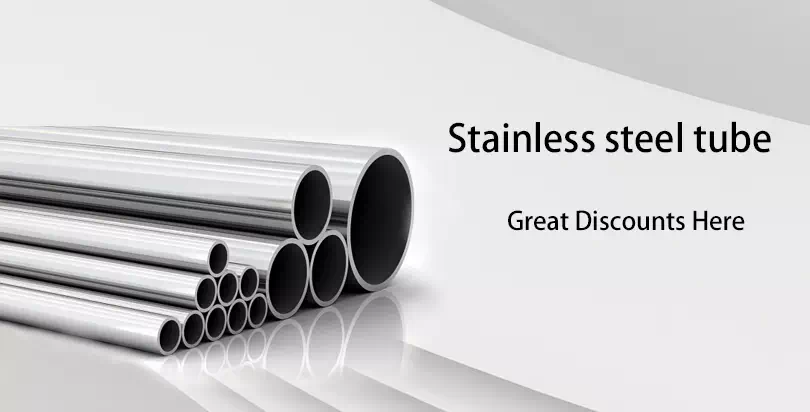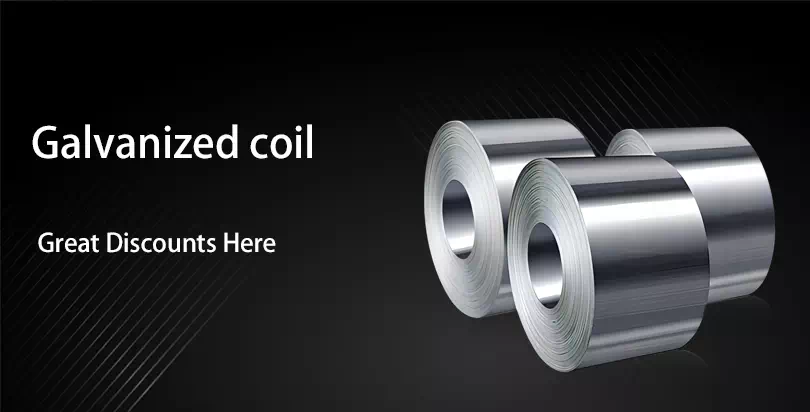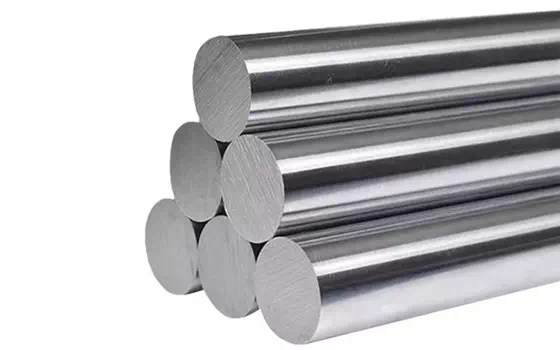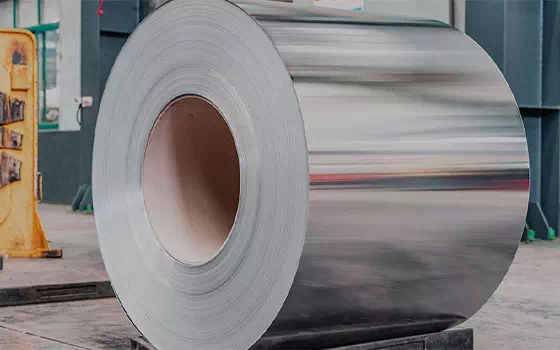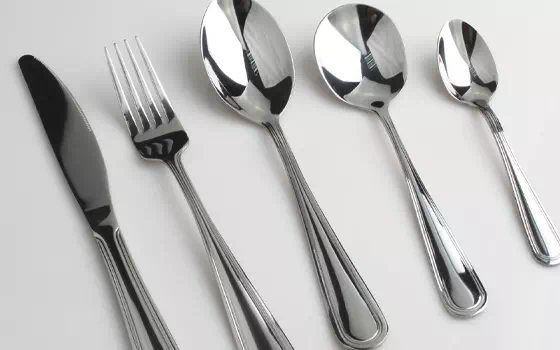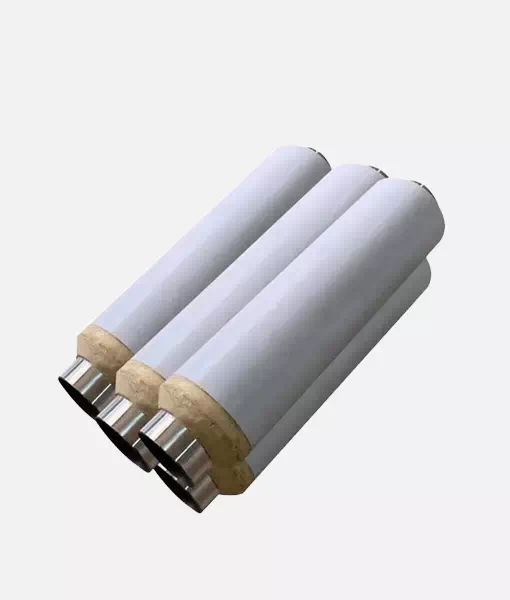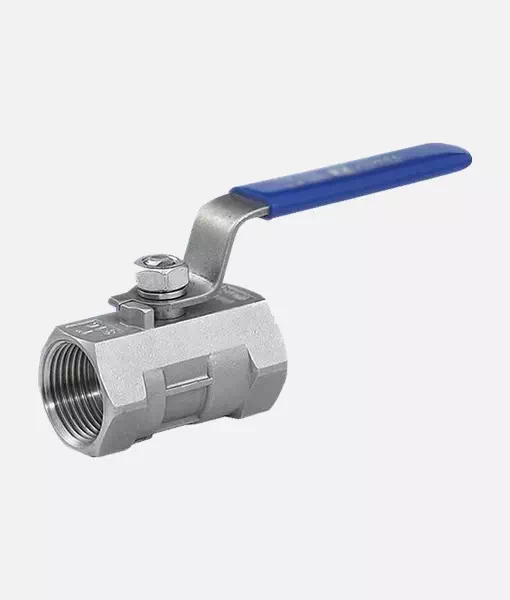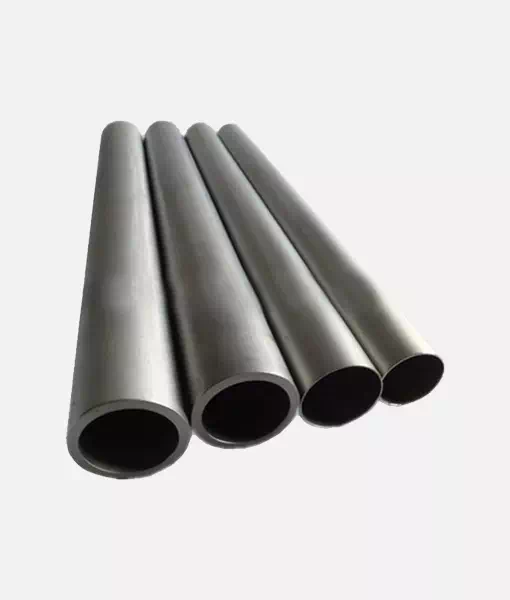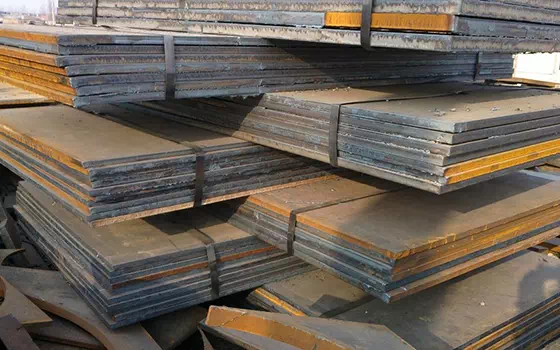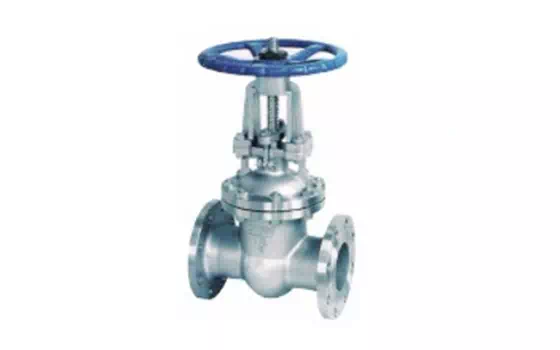1.The concept of steel:
Steel is an alloy of iron, carbon and a few other elements. Steel is ingot, billet or steel through pressure processing into the various shapes, sizes and properties of the materials we need. Steel is an important material indispensable for national construction and realization of the four, widely used, a wide range of varieties, according to the different shapes of sections, generally divided into four categories of profiles, plates, pipes and metal products, in order to facilitate the organization of steel production, order supply and good management, and divided into heavy rail, light rail, large sections, medium sections, small sections, cold-formed steel, high-quality sections, wire, medium-thick steel plate Steel is a variety of steel products, such as iron, carbon and a small amount of other metals, such as silicon steel sheet, strip, seamless steel pipe, welded steel pipe and metal products.
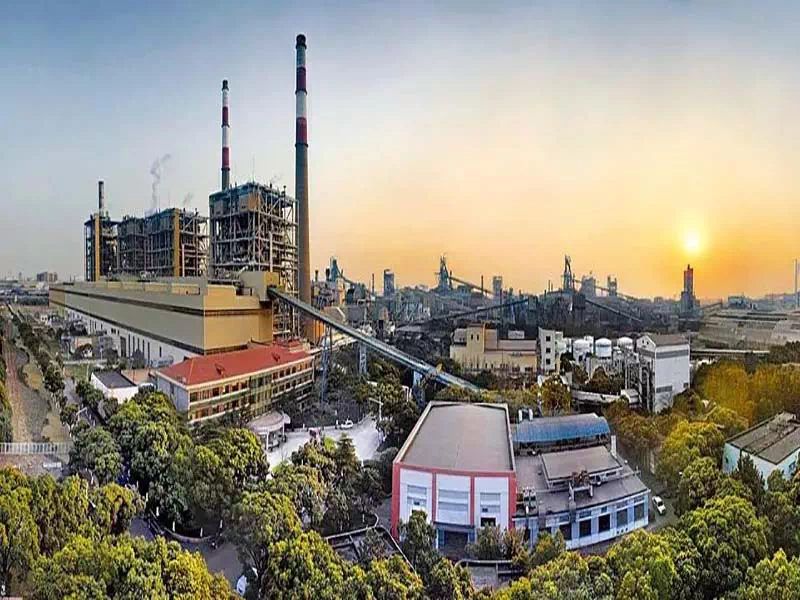
Steel is an alloy of iron, carbon and a few other elements. Stainless steel or corrosion-resistant alloy steel with a chromium content of 10.5% or more is the generic term for this type of metal. It should be remembered that stainless steel does not mean that the steel does not rust or will not corrode, but simply that it is much more resistant to corrosion than alloys that do not contain chromium. In addition to chromium metal, other metal elements such as nickel, molybdenum, vanadium, etc. can also be added to the alloy used to change the properties of the alloy steel, thus producing different grades, different properties of stainless steel. Depending on the purpose and location of the application, careful selection of tools made from stainless steel with the most suitable properties is essential to improve the efficiency and probability of success for a particular job. The advantages brought by different metal elements in the tool. Simply put: steel is an alloy of iron and carbon. The other components are there to make a difference in the performance of the steel. The following is an alphabetical list of important steels, which contain the following components.
Carbon
Present in all steels, it is the most important hardening element. It helps to increase the strength of the steel and we usually expect tool grade steels to have more than 0.5% carbon, also known as high carbon steels.
Chromium
Increases wear resistance, hardness, and most importantly, corrosion resistance, and is considered stainless steel if it has more than 13%. Despite this name, all steels will rust if not properly maintained.
Manganese
An important element that helps to create a textured structure, increase robustness, and strength, and resistance to wear. It deoxidizes the steel internally during heat treatment and coiling, and is found in most shear steels, except for A-2, L-6 and CPM 420V.
Molybdenum
It is found in many steels and air-hardening steels (e.g. A-2, ATS-34) always contain 1% or more of molybdenum so that they can harden in air.
Nickel
Maintains strength, corrosion resistance, and toughness. Appears in L-6/AUS-6 and AUS-8.
Silicon
Contributes to strength. Like manganese, silicon is used in the production of steel to maintain its strength.
Tungsten
Enhances wear resistance. Tungsten is mixed with an appropriate proportion of chromium or manganese to produce high speed steel. A large amount of tungsten is found in the high speed steel M-2.
Vanadium
Enhances resistance to wear and ductility. A carbide of vanadium is used in the manufacture of strip steels. Vanadium is found in many steels, including M-2, Vascowear, CPM T440V and 420VA, which contain significant amounts of vanadium. The major difference between BG-42 and ATS-34 is that the former contains vanadium.
2. Types of Steel
Steel from a steelmaking furnace is cast into billets, and the ingots or billets are pressed into steel (steel products). There are many types of steel, which can be generally divided into four categories: type, plate, pipe and wire.
(1)Profiles
Many varieties of steel sections, is a solid steel with a certain cross-sectional shape and size. According to its cross-sectional shape is different and divided into simple and complex cross-sectional two. The former includes round steel, square steel, flat steel, hexagonal steel and angle steel; the latter includes steel rails, I-beam, channel steel, window frame steel and shaped steel, etc.. Diameter in 6.5 -9.0mm of small round steel called wire.
(2) Steel plate
Is a width-thickness ratio and surface area are large flat steel. According to the different thickness of thin plate (thickness < 4mm), medium plate (thickness 4 -25mm) and thick plate (thickness > 25mm) three. Steel strip is included in the steel sheet category.
(3)steel pipe
Steel pipe is a hollow section of long steel. According to its different cross-sectional shape can be divided into round, square, hexagonal and various shaped cross-sectional steel pipe. According to the different processing technology can be divided into two categories of seamless steel pipe and welded steel pipe.
(4)steel wire category
Steel wire is a cold processing of wire products again. According to the different shapes of round steel wire, flat steel wire and triangular steel wire. In addition to the direct use of steel wire, but also for the production of wire rope, steel wire and other products.
Basic Concepts And Production Methods Of Steel
3、 Steel production method
Most of the steel processing is through pressure processing, so that the processed steel (billet, ingot, etc.) plastic deformation. According to the steel processing temperature is different to be divided into two kinds of cold processing and hot processing. The main processing methods for steel are
Rolling:
The metal billet through the gap between a pair of rotating rolls (various shapes), due to the compression of the rolls to reduce the cross-section of the material, increasing the length of the pressure processing method, which is the most commonly used production method for the production of steel, mainly used to produce profiles, plates, tubes. Divided into cold rolling, hot rolling.
Forging:
the use of forging hammer reciprocating impact or press pressure to change the billet into our desired shape and size of a pressure processing method. Generally divided into free forging and die forging, commonly used for the production of large materials, open billets and other materials with large cross-sectional dimensions.
Pulling:
It is a processing method in which the rolled metal billet (type, tube, product, etc.) is pulled through the die hole to reduce the cross-section and increase the length, which is mostly used for cold processing.
Extrusion:
It is the metal in the closed extrusion brief, one end of the pressure, so that the metal from the specified die hole extrusion and get the same shape and size of the finished product processing methods, mostly used in the production of non-ferrous materials.
Classification of steel
Wire: Normal wire, High wire, Rebar
Section: I-beam, channel, angle, square, heavy rail, H-beam, round, unequal angle, flat, light rail, gear steel
Hexagonal steel Heat-resistant steel bar Sintered round steel Sintered round steel Square tube Carbon steel Bearing steel Sintered round steel Stainless round steel Bearing round steel Torque tube Spring steel
Plate: Medium thick plate, container plate, medium plate, carbon knotted plate, boiler plate, low alloy plate, pattern plate, cold plate, hot plate, cold rolled plate, hot rolled plate, galvanized plate, electro galvanized plate, electro galvanized coil, manganese plate, stainless steel plate, silicon steel sheet, color coated plate, color steel corrugated iron, galvanized coil, hot rolled steel strip
Pipe: welded pipe stainless steel pipe hot galvanized pipe cold galvanized pipe seamless pipe spiral pipe hot rolled seamless
Metal materials: pig iron, tinplate, aluminum, lead, brass, tin, zinc
Steel can be divided into four categories: profiles, plates, pipes and metal products according to their appearance.
In order to facilitate procurement, ordering and management, China currently divides steel into sixteen major varieties.
Category | Species | Description |
Profiles | Heavy rail | Weighing more than 30kg per meter of rail (including crane rail) |
Light rail | The weight per meter is less than or equal to 30 kg of rail |
Large steel sections | Common steel round, square, flat, hexagonal, I-beam, channel, equilateral
and unequal angles and rebar, etc. According to the size, they are divided into large, medium and small |
Medium section steel |
Small steel |
Wires | Round bars and coils with diameters of 5 -10 mm |
Cold-formed steel | Cold-formed steel sections made from steel or steel strip |
High-quality sections | High-quality steel round, square, flat, hexagonal, etc. |
Other steel | Including heavy rail parts, axle blanks, wheel hoops, etc. |
Plate | Thin steel plate | Steel plate of thickness equal to and less than 4 mm |
Thick steel plate | Steel plate with thickness greater than 4 mm. Can be divided into medium plate (thickness greater than 4mm less than 20mm), thick plate (thickness greater than 20mm less than 60mm), extra thick plate (thickness greater than 60mm) |
Steel strip | Also called strip, it is actually a long, narrow and thin steel plate supplied in coils |
Electrotechnical silicon steel sheet | Also called silicon steel sheet or silicon steel sheet |
Tubes | Seamless steel pipe | Steel pipe with no seams in the wall, produced by hot rolling, hot rolling – cold drawing or extrusion |
Welded steel pipe | Steel pipes made by coiling steel plates or strips and then welding them |
Metal products | Metal products | Including steel wire, steel wire rope, steel strand, etc. |


